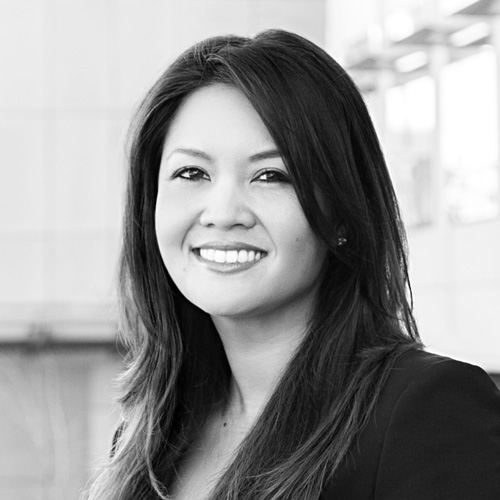Getting everyone in a company to abide by the same standards and practices can be hard enough. Getting everyone from multiple companies across the country to abide by the same standards and practices can seem like a monumental task in comparison.
But Bill Priest stepped up to this task when he became the executive vice president and chief compliance officer of US Anesthesia Partners, a single-specialty physician-services organization providing practice-management services to anesthesiologists and other anesthesia providers.
“The first thing I did was put in place a corporate compliance committee,” Priest says. “We made sure we had proper representation on the committee by including not only company executives, but also physicians from each of the practices.”
For Priest, this meant making sure that US Anesthesia Partners (USAP) had the president, CFO, COO, chief human resources officer, and general counsel—as well as the senior vice presidents of each practice—all on the committee.
Once Priest had his compliance committee assembled and quarterly meetings were set, his next step was to consolidate the hotlines available to report compliance issues.
“There were three compliance hotlines in place when I got here—each practice had one—so we consolidated those into one with a third-party vendor to manage the intake of calls,” Priest says. “We also have a website where people can report issues.”
How to unify a nationwide employee base according to Bill Priest
COMMUNICATION
Communicate and explain to the team and get the physician buy-in. Approval from physician leadership will provide additional support.
PARTNER WITH YOUR PHYSICIANS
The physicians are true partners in every aspect of the company and in every sense of the word, and they are invested in making sure things are done right.
GET THE EXECUTIVES INVOLVED
Put the compliance officer on the executive team; it shows that the board and company value compliance. Top-down accountability says a lot when communicating with the employees and the providers.
But making these avenues of reporting available isn’t always enough. People have to know those avenues are there, as well as how and when to use the tools correctly. Part of Priest’s job was to educate USAP’s employees and providers, which he did by providing wallet cards and brochures that were passed out at orientations, as well as company e-mail alerts.
Unsurprisingly, training was also a big component for USAP in 2015.
“We have an online-learning management system that we put in place last year. We use it to provide our annual compliance training for both the providers and the non-clinical staff,” Priest says. “We have annual ethics/code of conduct training and annual HIPAA privacy and security training courses.”
Before training more than 2,500 people on company policies, Priest needed to make sure the policies in place could be applicable to everyone. He implemented USAP’s current HIPAA privacy-and-security policy, compliance policies, and the code of conduct. Currently, he’s working with other company officers and departments to finalize business office policies, HR policies, and IT policies. In addition, Priest and the CIO had a HIPAA IT-security assessment performed to ensure that security measures are keeping up with technological advancements.
But it’s not enough to simply create these policies and expect everyone to abide by that structure all the time. Even those with the best intentions can make the occasional mistake, so Priest and his department have put into place regular auditing and monitoring processes to make sure everyone is abiding by all the laws, regulations, and rules that exist for healthcare entities and providers. USAP also has a third-party vendor that checks its providers, as well as its non-clinicians, on a monthly basis to ensure no one is excluded from Medicare, Medicaid, or any of the other federal programs.
Communication is another critical key, and the larger the organization, the more important communication becomes. Priest frequently communicates digitally, but he also travels regularly to make sure he has sufficient face-to-face time with providers and employees throughout the country.
“I’m out at the practices quite a bit, and not just when issues arise,” Priest says. “Every time I had a policy that needed to be approved, my process was to go to each of the practice-clinical-governance board meetings and let them know what it was and why we needed that particular policy in place, or why it is important to have a code of conduct.”
By putting in this face time with providers and employees, Priest not only lets them know what he needs—he also opens the line of communication so that they can work with him more effectively if an issue arises.
US Anesthesia Partners’ ownership is split between a private equity firm and the physician partners in the groups, which plays a crucial part in implementing the new compliance and training programs. Both the board members and the physician partners have supported Priest’s initiatives, largely due to the mutual understanding that healthcare is a highly regulated industry. Even if doctors and nurses are less than thrilled to take compliance-training courses or subject themselves to internal chart audits, they understand why they’re necessary.
“They understand HIPAA privacy regulations and all the rules around proper documentation of their services, but they feel like sometimes it stops them from being as productive as they can,” Priest says. “Most physicians and nurses just want to take care of patients.” Thanks to new developments by Priest and his team, the doctors and nurses of US Anesthesia Partners can focus more on providing their patients with that quality care.

